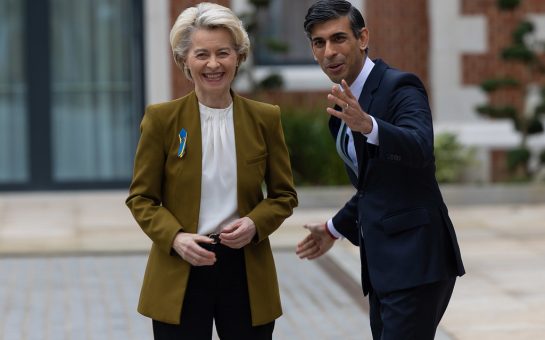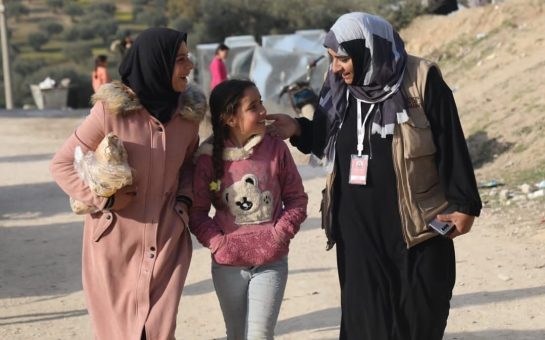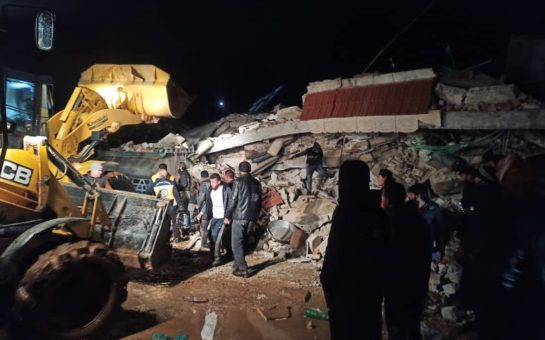A Manchester-based Syrian organisation has revealed the sickening worry of looking through torture photos taken during the country’s civil war to identify friends and family.
Around 55,000 images were smuggled out of Syria on a flash drive last year, purporting to show the grotesque torture and mass murder of political prisoners committed by the ruling regime of Bashar al-Assad during the civil war.
The pictures – which show at least 11,000 deaths according to forensic scientists – were captured by ‘Caesar’, the codename given to a former Syrian military photographer who defected.
Dr Haytham Alhamwi, director of Rethink Rebuild Society in Manchester, revealed the stress of having to examine the images and the fear of spotting a friend or family member.
“First, there’s the pain that you go through when you identify a family member or friend,” he told MM.
“It’s natural to hold onto any tiny strand of hope that your father, brother, or son is still alive, even if they’ve been missing for years.”
Dr Alhamwi, like many Syrians since the release of the Caesar files, has been inundated with communications from friends and family speculating as to the identities of the victims.
He has so far identified twelve of the detainees.
A former political prisoner himself between 2003 and 2005, he even experienced a horrifying period of trying to determine whether one of the bodies was that of his 71-year-old father-in-law, who was imprisoned in 2011 and has not been heard from since.
He was eventually able to determine, to the relief of he and his wife, that this was not the case, but the fear and uncertainty continues.
He added: “Second, though, there is the anxiety and pain that you go through when you’re not sure whether one of the pictures is of a family member or friend because of how distorted the body is.
“That uncertainty of not knowing whether your relative is alive or dead is torture in itself.”
Reflecting upon his own personal experience as a political prisoner, he added: “Those photos remind me of the tens of horrible stories I heard when I was in prison from other political prisoners about torture to death in Assad’s prisons in 1980s and 1990s.”
The graphic depictions of torture, starvation, mutilation and death committed by the regime come as global attention has shifted heavily from Assad to the rise of Islamic State, which has prompted the first Western intervention since civil conflict broke out in Syria four years ago.
And the number of civilians killed by the Assad regime dwarfs that of the Islamic State and other extremist groups since.
For instance government forces were responsible for an estimated 76% of civilian deaths, with a culmination of killings by multiple extremist groups including IS amounting to only 18%, according to the Syrian Network for Human Rights, in December 2014.
Islamic State has become a global symbol of brutality owing to its media profile and the grisly nature of its public executions.
However, the Syrian government, despite handing over a stockpile of chemical weapons to appease the UN, has continued to massacre its own people.
This has occured through the more conventional military methods of indiscriminate airstrikes and barrel bombs, along with the torture and murder of political prisoners, which the Caesar files so glaringly expose.
Image courtesy of Freedom House, with thanks.



